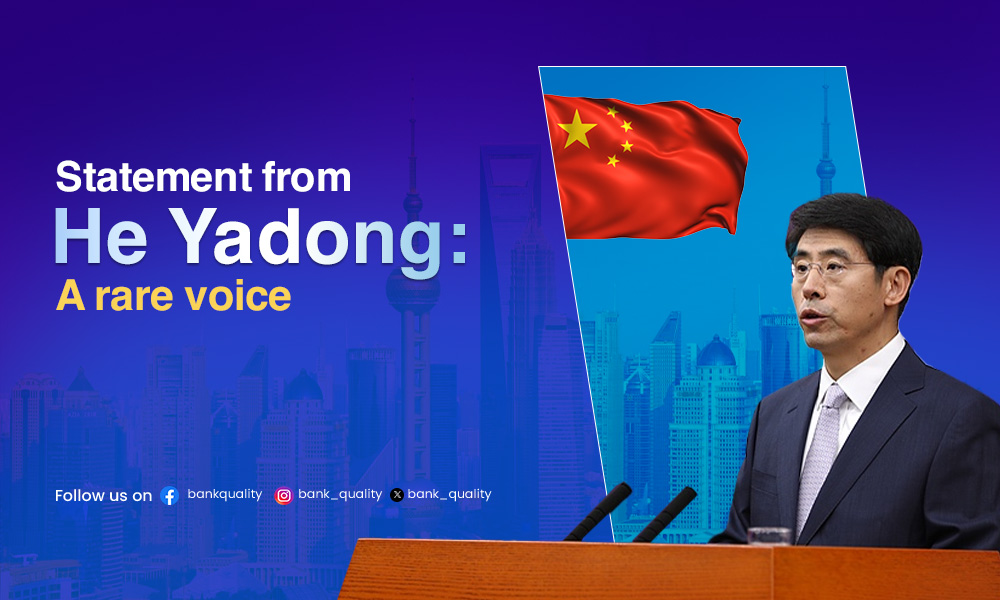

China and the US revive trade ties with a new deal, addressing rare earths, tech controls, tariffs, and student exchanges.
· China confirms new trade deal after Trump-Xi call, urging mutual respect for the agreement.
· Rare earth minerals and US tech export controls were key issues behind earlier tensions.
· China pledges legal trade cooperation; Trump highlights tariffs and student exchanges.
For years, the US and China — the world’s two largest economies — have had a rocky relationship over trade. They have disagreed on tariffs, technology access and influence over the global market, with disputes affecting businesses, workers, students and consumers globally. In 2025, a breakthrough occurred.
What's in the deal?
The new trade agreement builds on past talks and introduces clearer steps for execution. Trump described it as putting “meat on the bones” of the old Geneva deal, suggesting this version offers more details and substance. China also has confirmed its support for the deal, which includes commitments to purchase more US agricultural goods such as corn and soybeans, while US gain better access to China's financial and tech markets.
China's view
China has made it clear it seeks peace and cooperation. A spokesperson from China's foreign ministry stated that China “always sticks to its agreement” and emphasized that the deal can succeed if both countries act fairly. China is calling for calm and mutual respect, an important message after years of rising tensions. For Beijing, it's not just about trade, it's about showing the world that cooperation is possible.
The fight over rare earths
A major flashpoint of the trade conflict has been rare earth minerals. The US had imposed strict limits on exporting high-tech products such as semiconductors, jet engines and design software to China. In response, China made it more difficult for the US to access rare earth elements, which are mostly mined or processed in China. Under the new agreement, China has signalled willingness to keep trading these critical materials, but only under fair conditions.
Implications for business and the global market
This truce is not just a bilateral development, but it holds broader significance for the global economy. Industries like aviation, education and electronics all depend on cooperation between
the US and China. If both parties follow through on their commitments, the agreement could enhance trade stability and reduce disruptions in global supply chains.
Affected parties Anticipated changes
Tech companies Might regain access to Chinese buyers and joint projects
Farmers in the US Could see increased exports to China
Students and universities May benefit from fewer restrictions on educational exchange
Manufacturing & aviation Easing of rules could bring new orders and partnerships
Consumers worldwide Potential for more stable prices and wider product availability
Statement from He Yadong: A rare voice
In a rare press statement, China’s commerce ministry spokesperson He Yadong said:
“China, as a responsible country, fully takes into account the legitimate needs and concerns of all countries.”
He added that a number of compliant export applications had already been approved, and that more would be approved under proper legal processes.
Trump's remarks
Trump expressed strong support for the new agreement. He said China would supply the US with rare earths and other materials, and in return, the US would allow Chinese students to study at American universities. Trump also commented on tariffs, stating:
“We are getting a total of 55% tariffs; China is getting 10%.” While the accuracy of these figures is debatable, they reflect the pressure both countries faced during the trade war.
The trade truce can be taken as a small but important step forward. It shows that even after years of disagreement, dialogue is still possible. The world now watches whether this marks a new beginning or a mere short pause.